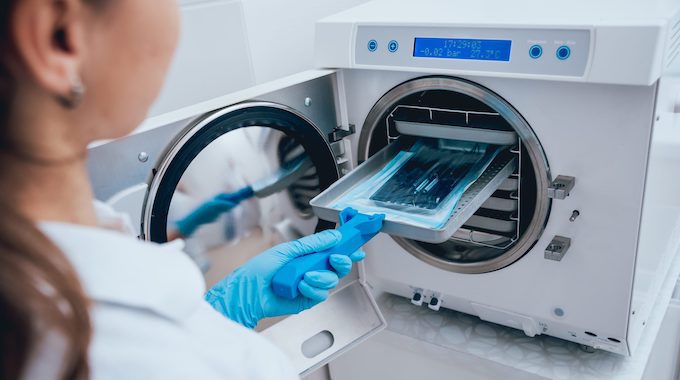- Solutions
ENTERPRISE SOLUTIONS
Infuse new product development with real-time intelligenceEnable the continuous optimization of direct materials sourcingOptimize quote responses to increase margins.DIGITAL CUSTOMER ENGAGEMENT
Drive your procurement strategy with predictive commodity forecasts.Gain visibility into design and sourcing activity on a global scale.Reach a worldwide network of electronics industry professionals.SOLUTIONS FOR
Smarter decisions start with a better BOMRethink your approach to strategic sourcingExecute powerful strategies faster than ever - Industries

Compare your last six months of component costs to market and contracted pricing.

- Platform
- Why Supplyframe
- Resources
A new survey has found medical device companies in North America expect supply chains to take at least one year to reach the same capacity they were at before the Covid-19 pandemic hit.
Conducted with industry professionals from 200 firms, the survey found 74% shared this prediction, while a small percentage believed the industry was either back at full capacity already, or that it will never reach that point again.
Supplyframe – the company who commissioned the study – said respondents suggested agility, new forms of collaboration, and data intelligence are critical elements that will help them adapt to the post-pandemic business landscape.
Supplyframe CEO Steve Flagg said: “While the MedTech sector is among the hardest hit by the global pandemic, resulting in historic demand spikes and equipment shortages, it is also characterised by unparalleled innovation and collaboration from people around the world.
“With the pandemic still a reality in our day-to-day lives, it is clear that a new approach to supply chain planning and collaboration is required.
The survey identified the top MedTech supply chain risks to be supply shortages (15%), lack of alternatives (12%) and delays in production issues (12%).
How to solve the issues in medical device supply chains
According to Supplyframe, increasing the qualifications of multiple suppliers in the product design phase to improve supply chain resiliency was the most frequently cited strategy for mitigating these risks.
Participants in the survey advocated the following methods to prepare medical device supply chains for the next pandemic or natural disaster:
- 16% recommend a supply chain redesign to source locally
- 14% suggest improving qualifications of suppliers and the review process
- 13% advocate improving visibility of supplier inventory, capacity, and lead times
- 12% endorse restructuring supply chains with second sources
“Establishing a trusted network of suppliers who can quickly adapt to shifts in demand and availability is a critical theme of this study,” added Flagg.
“New risks and uncertainty require new ways of making decisions, including looking outside of the traditional medical supply chain.”
Another finding in Supplyframe’s survey was what the firm termed a “significant disconnect” between data available to make planning and manufacturing decisions, and the perception around the quality of available data.
According to the firm, 92% of survey participants emphasised the importance of accurate Covid-19 case data to correctly forecast demand requirements and inform manufacturing efforts, but 84% expressed worries about how this data is being collected and reported.
“Procurement is often focused on reacting to supply challenges as they appear,” said Flagg.
“But medical equipment companies and other manufacturers that rely on semiconductor and electronics component suppliers can instead use data intelligence to get a broader view of what’s happening in their supply chains, so they can build resilience into these solutions upfront.”
Supplyframe is one of several firms marketing a platform that uses data on continuous demand, intent, supply, and risk signals within the supply chain to procurement teams looking to make more informed decisions and avoid shortages in supply. NS Medical Devices



